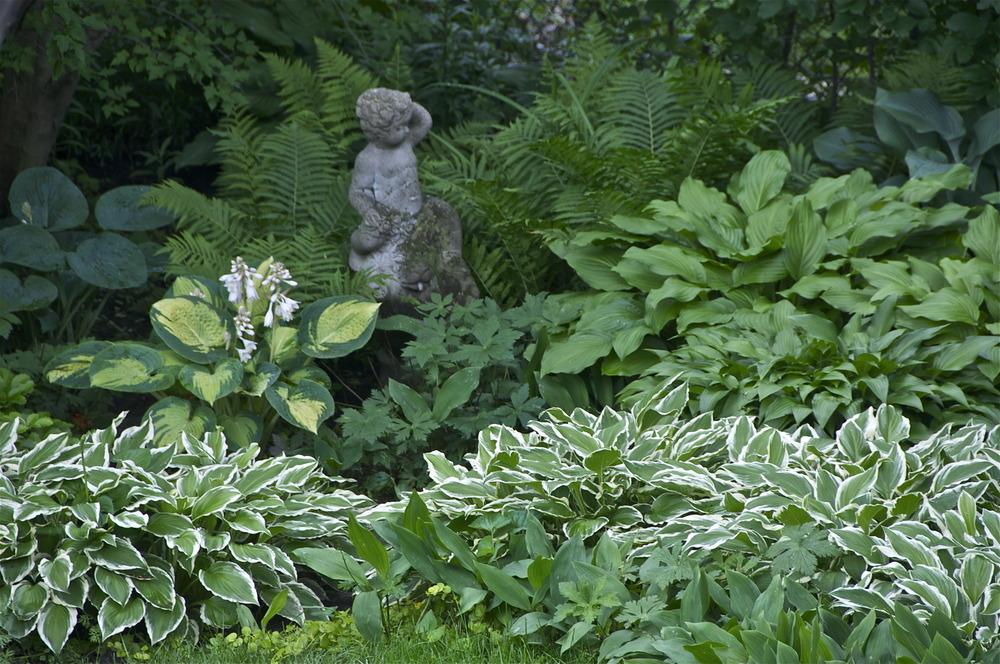There's room for another garden or two in just about everyone's yard. Maybe you've been dreaming of a small vegetable patch or new perennial planting. Or perhaps there's a section of ground bordering a path, driveway, or fence that's too small to mow and a hassle to maintain. Now is the time to build the new gardens you've been dreaming of. Remember, no space is too small for a few attractive plants!

Wait to work the soil until it has dried from spring rains. How dry is dry enough? Think moist sponge. Pick up a handful of soil and squeeze it gently into a ball. Now poke the ball with your finger. If the ball crumbles into chunks, the soil should be ready to work.
Loosen soil. Working the soil to a depth of 8 to 10 inches gets plants off to a good start by fluffing the soil so air and water can penetrate. Although you can turn soil by hand, a small rototiller makes the job easier and can reach into tight spots efficiently. Plant roots have an easier time getting established in loose soil, as opposed to compacted soil.
Add organic matter. If your soil is less than perfect (and most soils are), incorporate organic matter. Finished compost, in which all the material has decomposed and the compost is a uniform deep brown, is ideal. But you can also rototill in other organic matter — dried leaves, grass clippings, and vegetable scraps — as long as you wait a few weeks to plant.
Test soil pH. If soil is too acidic, spread lime and incorporate it into the soil according to test result recommendations. If it's too alkaline, sulfur will lower the pH. (It can take weeks or months to alter the pH, depending on the soil, pH reading, and other factors, so it's best to add lime and sulfur a season before planting.)
Create permanent beds. If you're creating annual gardens (flowers or vegetables), rather than rototilling the entire space each spring, create permanent beds with well-marked paths between beds. This allows you to focus your soil improvements and tilling in the beds and minimizes compaction by keeping visitors to paths.
Build raised beds. Raised beds warm up earlier in spring and promote good drainage. You can simply rake soil into long, flat-topped mounds, or build low beds with permanent sides. However, if you live in a hot, sunny climate or if your soil is very sandy, forego the raised beds.